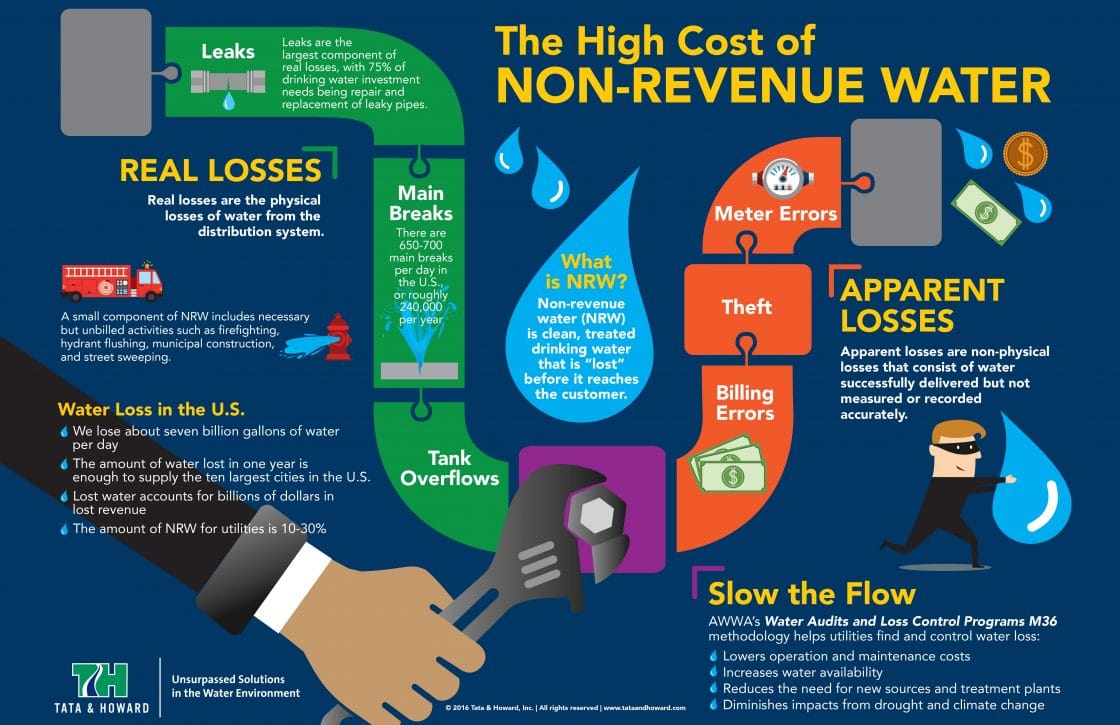Understanding Photovoltaic Panel Technology And Exactly How It Functions: A Beginner'S
Understanding Photovoltaic Panel Technology And Exactly How It Functions: A Beginner'S
Blog Article
Material Writer-Breum Britt
So, you've read about photovoltaic panels and their prospective to produce electrical power from sunshine, yet how specifically do they work? Comprehending the detailed modern technology behind photovoltaic panels can be a remarkable trip right into the world of renewable energy. From solar installer of photovoltaic cells to the elaborate components that compose a photovoltaic panel system, there's a whole realm of expertise waiting to be checked out. Let's decipher the enigmas of solar panel technology together.
Solar Panel Modern Technology Principles
To really realize the essence of photovoltaic panel technology, you have to look into the basic concepts that underpin its capability. Solar panels contain photovoltaic cells, generally made from silicon, which have the remarkable capacity to transform sunlight into electricity through the photovoltaic impact. When sunshine hits the cells, the photons in the light interact with the silicon atoms, creating the electrons to damage free from their atomic bonds. This develops an electric current that can then be used for powering various devices.
The key part of solar panels is the semiconductors within the solar batteries, which help with the conversion of sunshine into useful electrical power. why do many solar energy systems require batteries? have both positive and negative layers, developing an electrical field that allows for the flow of electrons.
This flow of electrons, when connected in a circuit, creates direct existing (DC) electrical energy. Comprehending these basic principles is crucial for valuing just how solar panels can harness the sun's energy to power homes, businesses, and even satellites precede.
How Solar Panels Generate Electrical Power
Photovoltaic panel harness the sunlight's power by transforming sunshine into electrical power through a process called the solar impact. When sunlight hits the solar panels, the photons (light particles) are taken in by the semiconducting products within the panels, typically made from silicon. This absorption creates an electric present as the photons knock electrons loose from the atoms within the material.
The electrical fields within the solar batteries after that compel these electrons to move in a particular direction, producing a straight present (DC) of electrical power. This direct current is after that passed through an inverter, which transforms it right into alternating existing (AIR CONDITIONING) power that can be utilized to power your home or company.
Excess electrical energy generated by the photovoltaic panels can be saved in batteries for later usage or fed back right into the grid for debt through a procedure called web metering. Understanding how solar panels produce power is critical to appreciating the environmental and cost-saving benefits of solar power systems.
Comprehending Photovoltaic Panel Components
One important aspect of solar panel modern technology is understanding the various elements that make up a photovoltaic panel system.
The essential elements of a photovoltaic panel system include the solar panels themselves, which are composed of solar batteries that transform sunlight right into power. These panels are placed on a structure, often a roof, to catch sunlight.
Along with the panels, there are inverters that convert the direct existing (DC) electrical energy produced by the panels right into alternating current (AC) electrical energy that can be made use of in homes or services.
https://beauyvcjp.blogoscience.com/37282115/discover-the-influence-of-shielding-on-your-photovoltaic-panel-s-productivity-and-gain-beneficial-understandings-on-exactly-how-to-enhance-their-power-output-for-maximum-results consists of racking to sustain and position the photovoltaic panels for optimum sunshine exposure. Furthermore, wires and ports are important for delivering the electrical power created by the panels to the electric system of a building.
Last but not least, a monitoring system may be included to track the performance of the photovoltaic panel system and guarantee it's functioning successfully. Understanding these parts is crucial for any individual aiming to install or make use of photovoltaic panel innovation effectively.
Conclusion
Since you recognize the fundamentals of solar panel modern technology and just how it functions, you can appreciate the power of utilizing sunlight to create clean and renewable resource for your building. By making use of the solar effect and components like inverters and checking systems, you can add to a more sustainable future while also potentially minimizing power costs. Keep discovering and discovering Discover More Here of solar energy for a greener tomorrow.
